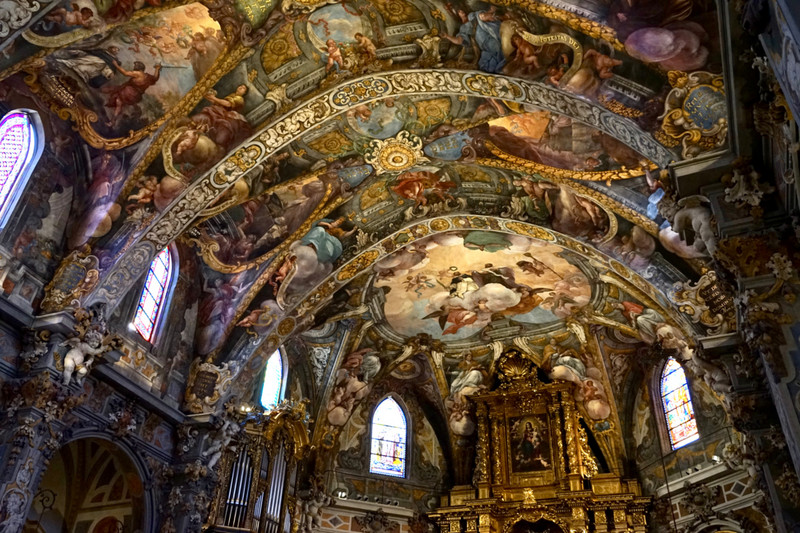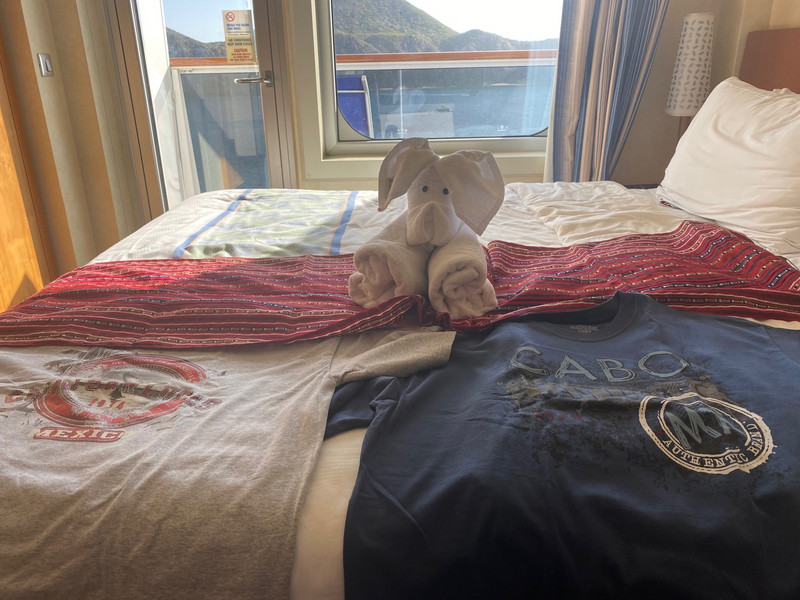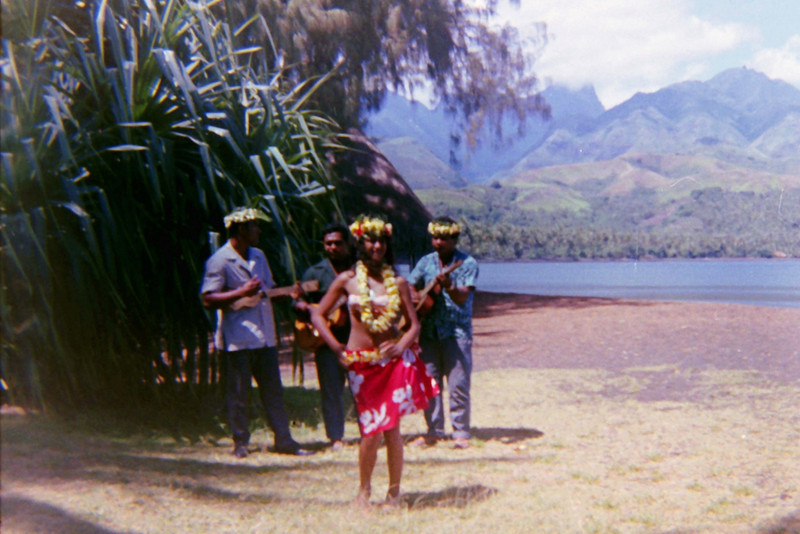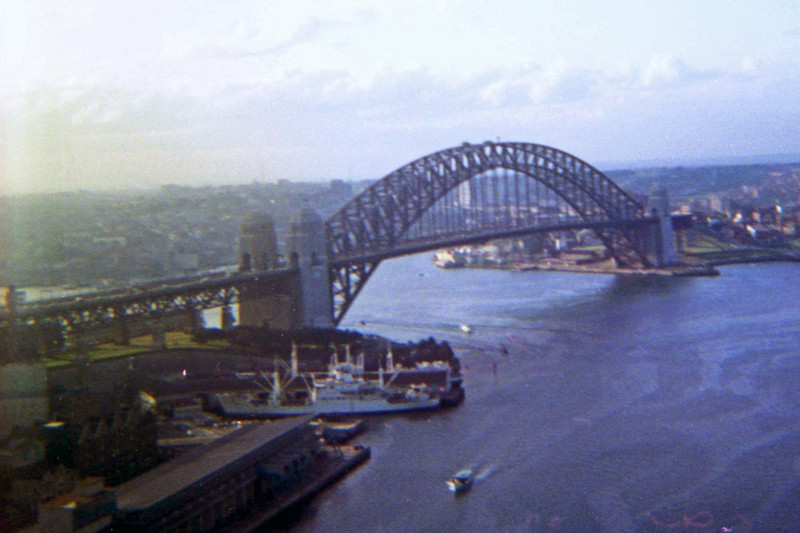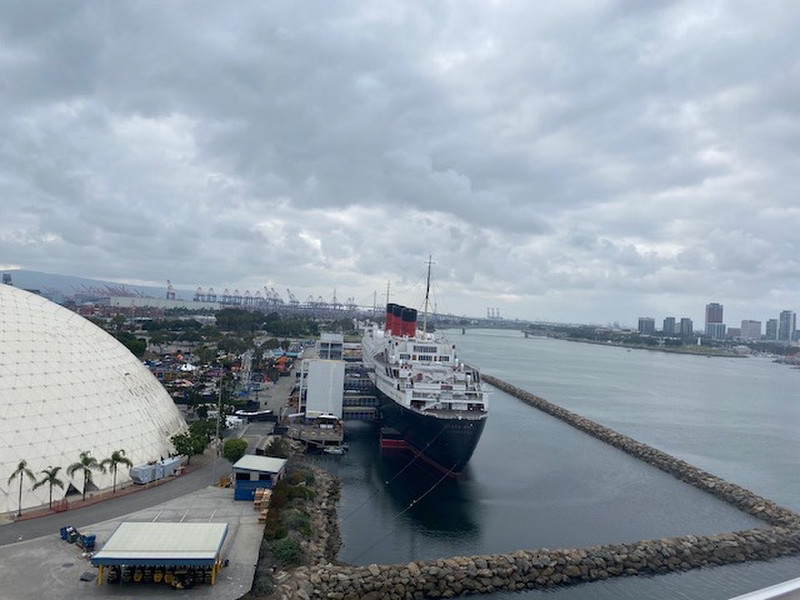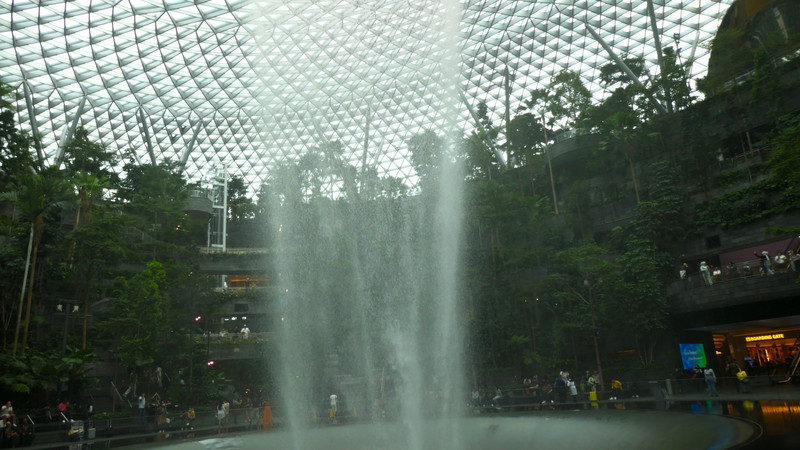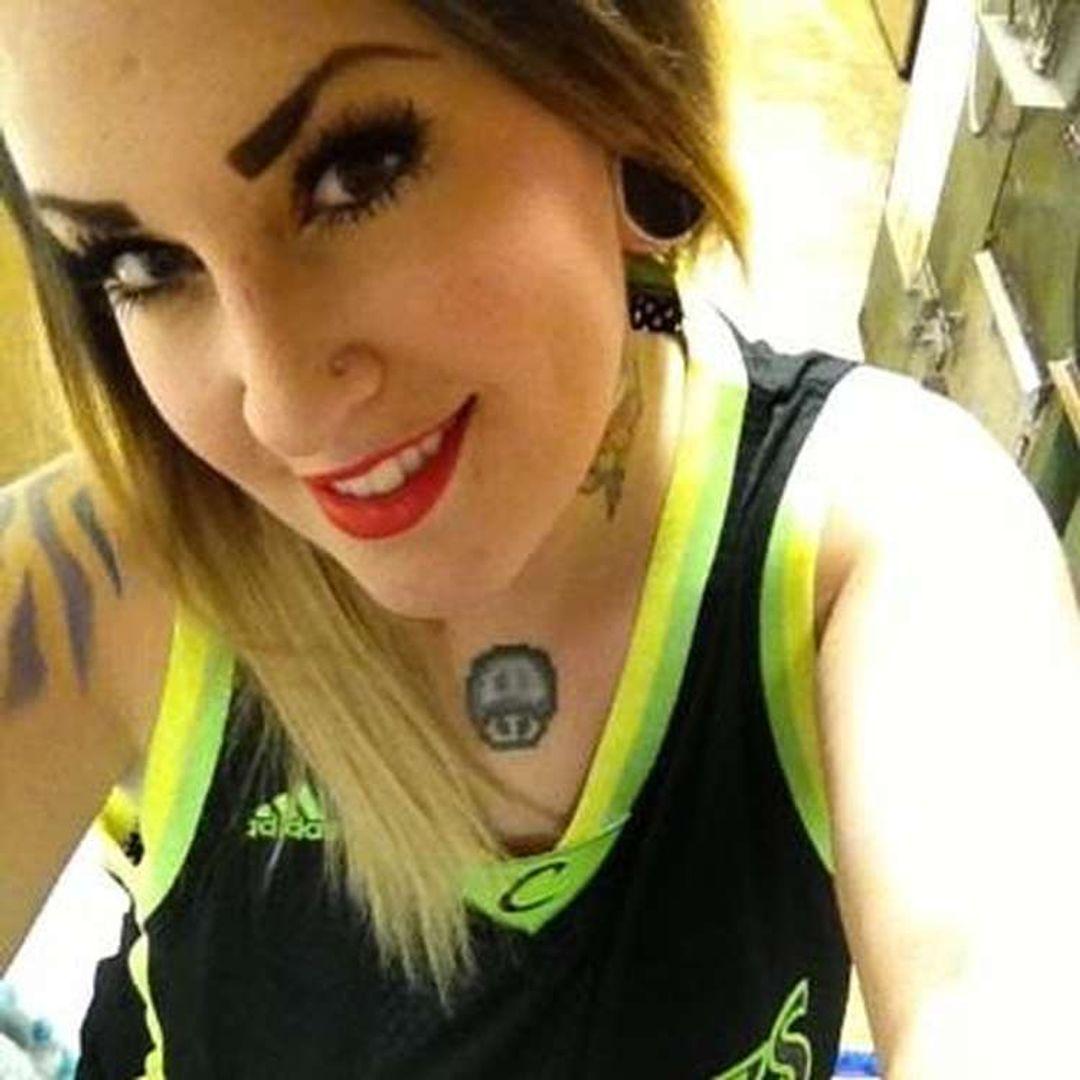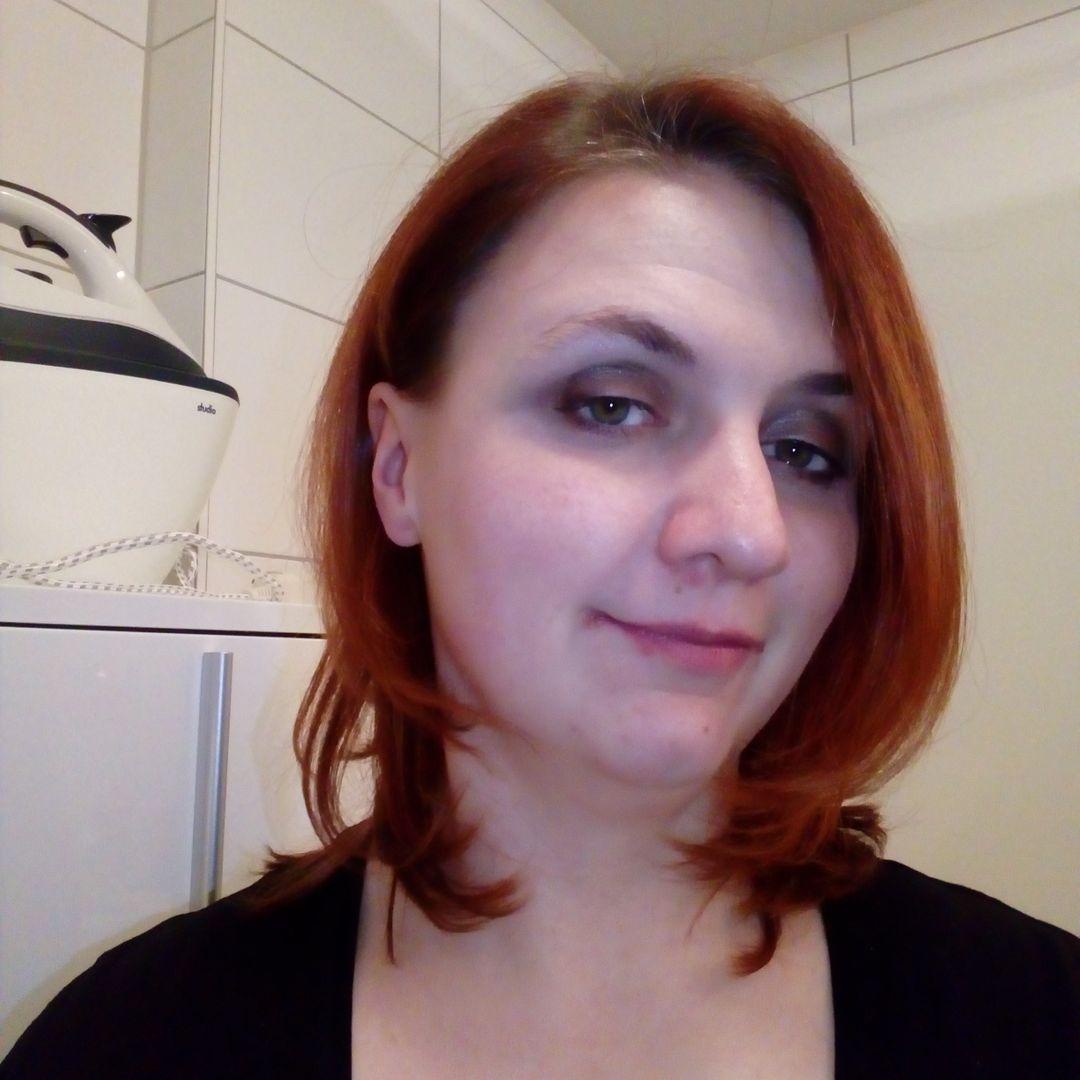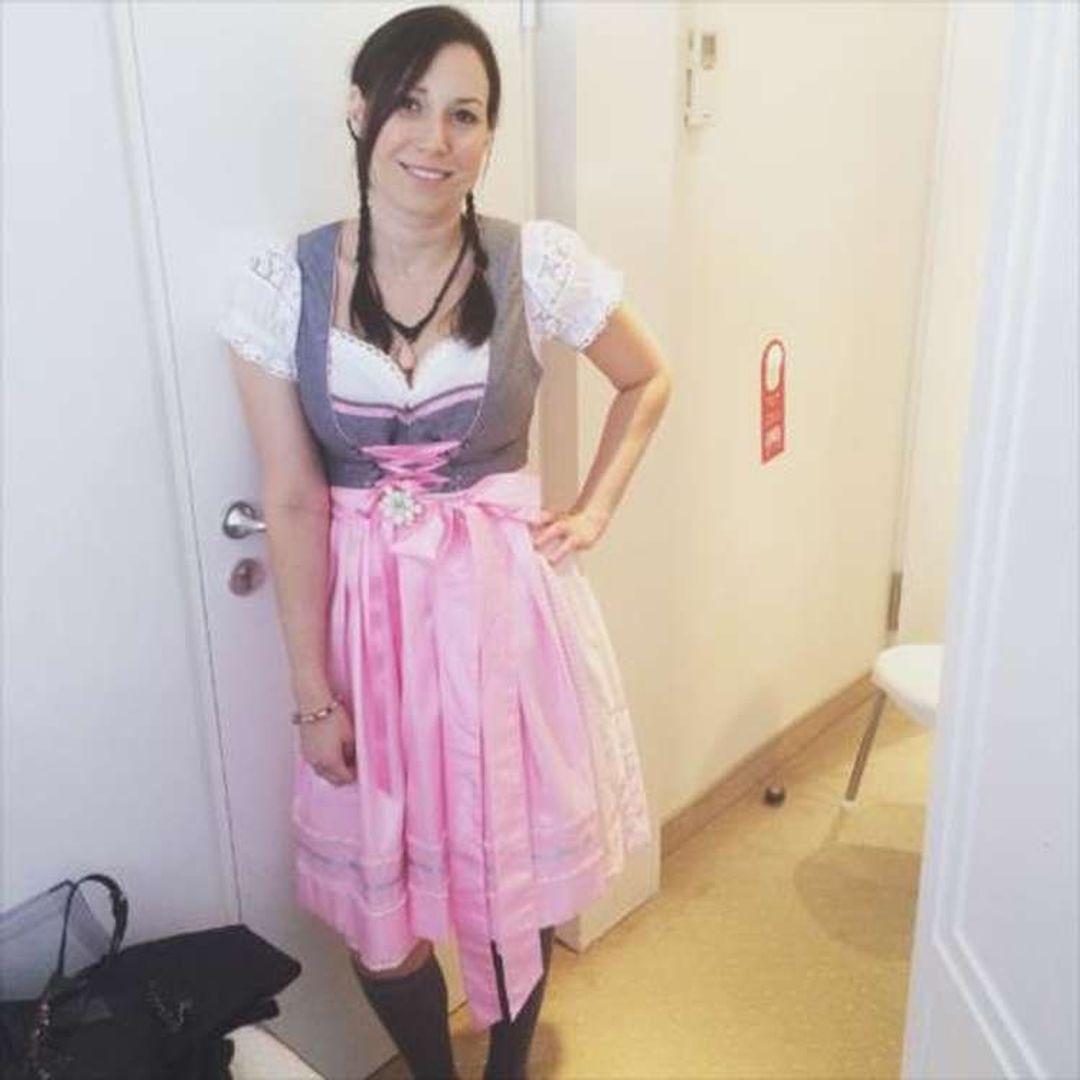This morning weve booked a half day tour to the Cuevas de San Jose which are about forty kilometres north of Valencia. Our guide introduces himself as Joaquin, and one of the first things he tells us is that we shouldnt drink the water out of the taps here. He doesnt explain why. Weve been here for five days now, and weve been drinking tap water constantly. We both feel fine for now, so we assume were probably going to die a slow lingering death. If so we decide it might be better to live in ignorance for whatever time weve got left and opt against asking too many more questions. We hope the day will improve from here.
The bus takes us past Valencias iconic City of Arts and Sciences, which Joaquin tells us was first conceived in the late 1990s in an attempt to attract more tourists. He tells us it includes the worlds tallest opera house. He then adds that its not the biggest opera house, thats in Sydney, in Austria. wait no in Australia . the place where the kangaroos are. The whole precinct looks spectacular. Its apparently been a raging success, and is
estimated to bring more than a hundred million Euro additional to Valencia every year. We make a note to be sure to pay it a visit.
The Caves are near the town of La Vall dUixo in the coastal foothills, and are apparently notable for having the longest navigable underground river in Europe. Were told that well be going on an 800 metre boat ride interspersed by a 200 metre walk, the latter through an abandoned course of the river. It is spectacular, with all the usual offerings of stalactites and stalagmites, plus some features known as chimneys - limestone formations which have developed as waters seeped through through large cracks from the surface more than a hundred metres above us. Parts of the river used to flow through the cave in siphons, so theyve had to blast out three sections so that the boats can get through. Were told its only about sixty centimetres deep in the shallowest section, so the boats dont have keels, which makes getting in and out of one without the whole thing tipping over a slightly interesting exercise. Were told the rivers over ten metres deep in parts.
were not allowed to take pictures for most of the ride for our own safety. It seems they did let people do that at one stage and it was a disaster. The caves very narrow and low in sections, and were warned to keep looking ahead at all times so we can see the and know exactly when to duck. Our boatman doesnt speak any English. Hes constantly barking warnings about ducking and weaving to avoid us smashing our heads open, or I assume thats what hes saying. The boat seems to be going quite fast so by the time Joaquins translated the warnings the danger‘s usually past. In the days when photography was allowed most of the photographers were apparently more interested in looking at their screens than minding their heads. Were not told how many deaths or cases of concussion they had then, but I suspect the local ambulance brigade would have known the road up here quite well. And it seems that getting bashed to death by rocks isnt the only thing we need to worry about. We scrape the bottom hard at one stage and Joaquin tells us that were now in the Titanic
On the bus on the way back Joaquin tells us a bit more about the history of Valencia. He says that the Holy Grail, the actual cup that Jesus drank from at the Last Supper, is on display in the Valencia Cathedral. He tells us there are three other Cathedrals scattered around the world that also think theyve got the Grail, but he assures us that their claims are all false; the real one is here in Valencia. He goes on to tell us a drawn out story about the process the Valencians went through to validate their claim, which included getting linguistics experts to translate the inscription on the base of the cup, which was apparently a bit tricky because it was written in some ancient language that everyone has trouble even identifying.
Travelmates near
